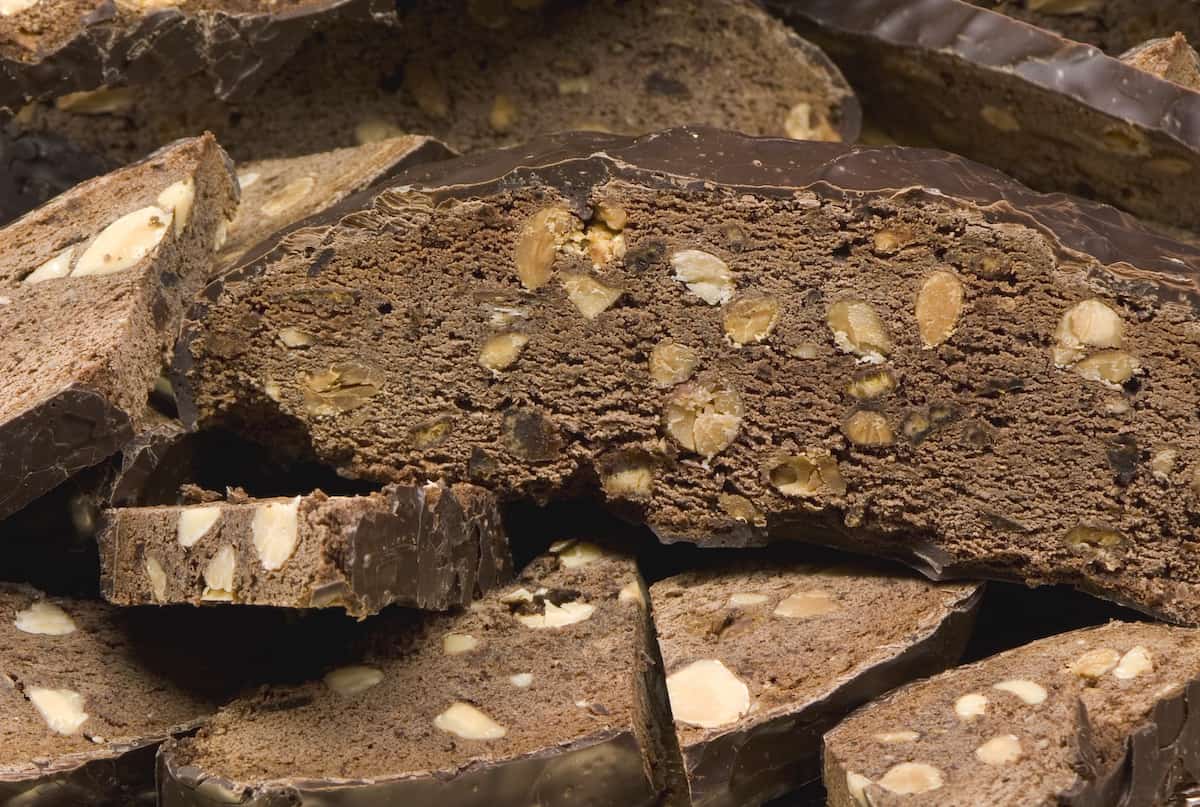Pampapato

Ferrara, like other Italian cities, boasts a kind of bread enriched with spices and dried fruit dating back to the Renaissance era. A document shows that in 1465 the Duke Borso d’Este gave instructions to place a gold ducat inside a panpepato to offer to the guests at a banquet. However, it has still not been ascertained whether the sweet came from the monasteries of Corpus Domini in Ferrara as an offering to eminent characters, or to the House of Este.
A feature of pampapato (with an "m") from Ferrara is its typical circular shape with a flat base made for the banquet of the Cardinal Ippolito (II) d'Este. This shape which recalls the zucchetto skullcap worn by Catholic clerics must have contributed to the name "pampapato" (considered worthy of consumption by the Pope).
However, the ancient pampepato or pampapato was different from the modern version. In fact, Cristoforo di Messisbugo describes a panpepato made of only sugar and honey, flour, almonds, spices and candied fruit. The current pampepato was developed by the confectioner with Milanese origins, Guido Ghezzi who, in 1902, gained substantial chocolate making experience in Switzerland and had the pampepato covered with chocolate icing.
This sweet, which is typically eaten at Christmas and made in November so that after baking the local fog can make it softer, seeks to reflect the richness and refinement of Renaissance Ferrara.

